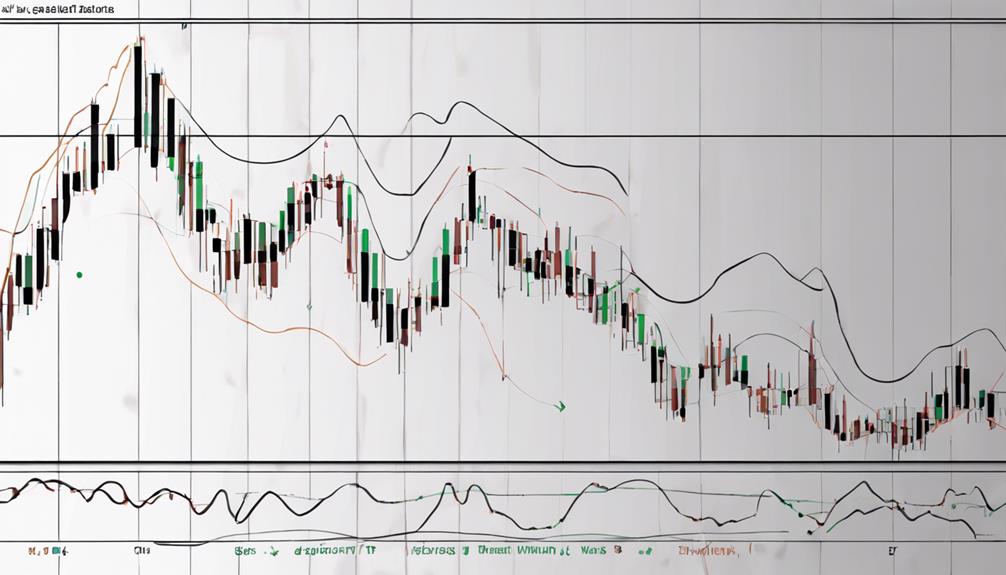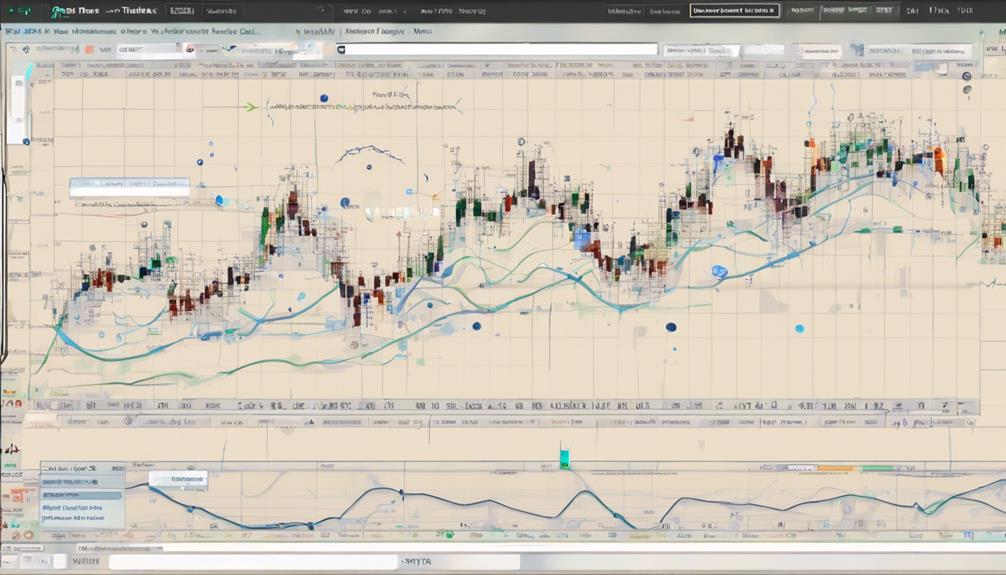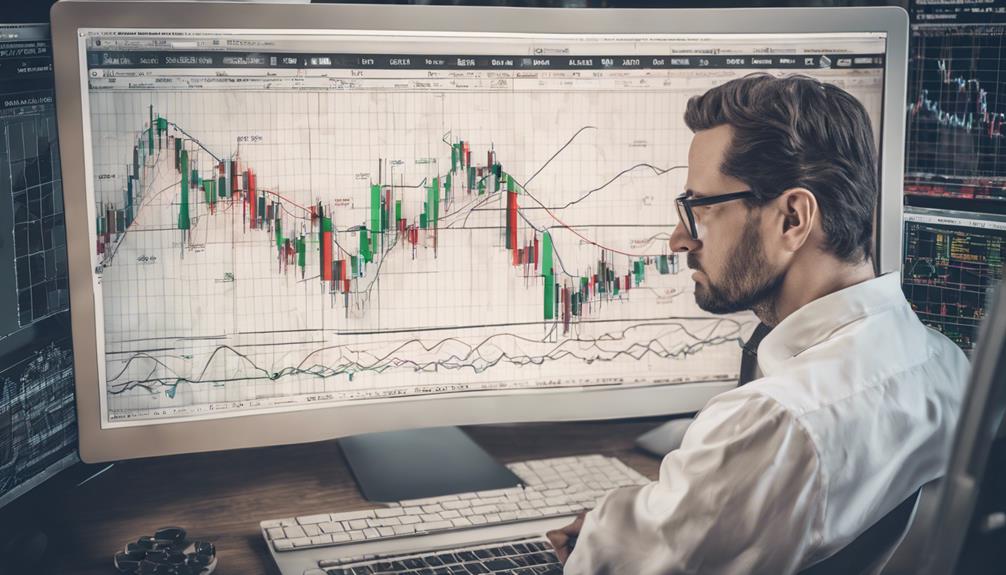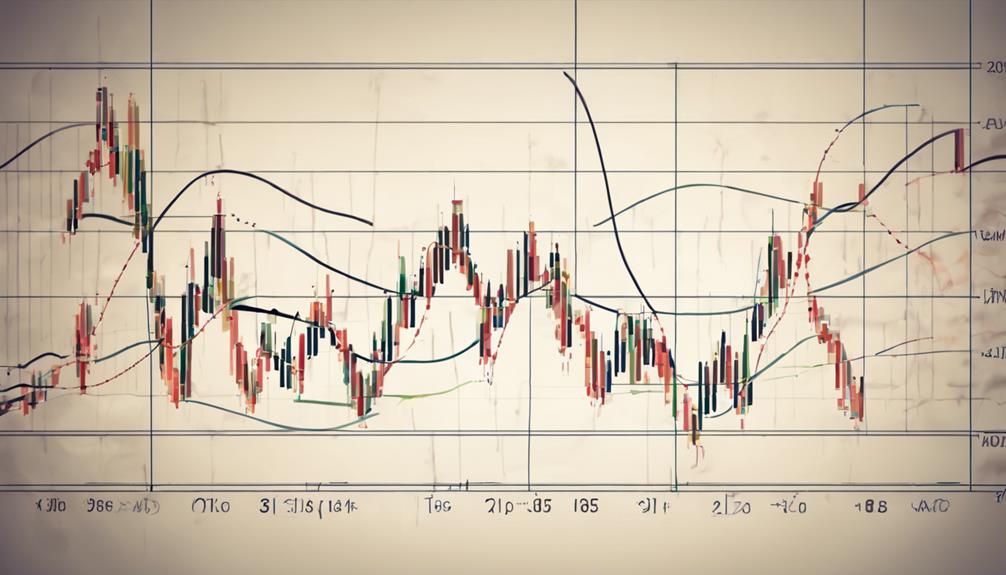In the realm of futures trading, the utilization of Elliott Wave Theory stands as a fundamental tool for traders seeking to navigate the complexities of market behavior. This theory offers a systematic approach to understanding price movements, enabling traders to anticipate potential shifts in the market with a structured methodology.
By incorporating Elliott Wave analysis into their trading strategies, investors gain a unique perspective on market dynamics that can significantly impact their decision-making process. But how exactly does this theory provide traders with a competitive edge in the fast-paced world of futures trading?
Basics of Elliott Wave Theory
In the realm of futures trading analysis, the Basics of Elliott Wave Theory serve as a fundamental framework for categorizing price movements into distinct waves to discern trends and corrections. Elliott Wave Theory, developed by Ralph Nelson Elliott in the 1930s, identifies two main types of waves: impulse waves and corrective waves. Impulse waves move in the direction of the overall trend, while corrective waves move against the trend, representing price corrections. By analyzing these wave patterns, traders can gain insights into market psychology and forecast potential future price movements in futures trading.
Furthermore, within Elliott Wave Theory, the use of Fibonacci ratios is integral to understanding wave structures and predicting market behavior. The theory's 5-3 wave pattern, consisting of five impulse waves and three corrective waves, aids traders in identifying trend directions and potential reversal points. This structured approach to analyzing price movements provides traders with a comprehensive tool for navigating the complexities of futures markets and making informed trading decisions based on market trends and price patterns.
Identifying Wave Patterns

Utilizing Elliott Wave Theory in futures trading enables traders to pinpoint and interpret distinct wave patterns essential for anticipating future price movements. When identifying wave patterns, traders focus on:
- Impulse Waves vs. Corrective Waves: Traders use the Elliott Wave principle to differentiate between impulse waves that move with the trend's direction and corrective waves that move against it. This distinction aids in predicting potential price movements accurately.
- Wave Counts and Fibonacci Ratios: By applying Elliott Wave Theory, traders can identify wave counts within a market trend and utilize Fibonacci ratios to anticipate potential reversal points. This analytical approach enhances decision-making in futures trading.
- Recognizing Motive Waves and Corrective Patterns: Understanding motive waves that drive the trend's primary direction and corrective patterns that represent temporary price corrections is crucial for traders to navigate market trends effectively. This knowledge helps in implementing strategic trading strategies to capitalize on opportunities in futures markets.
Applications in Futures Trading

Applying Elliott Wave Theory in futures trading enhances traders' ability to analyze market trends and make informed decisions based on wave patterns. By understanding Elliott waves, traders can differentiate between impulse and corrective waves, which are crucial for interpreting market trends in futures trading. This analysis helps traders identify potential areas of support and resistance, aiding in setting effective entry and exit points.
Additionally, utilizing Fibonacci retracement levels within wave analysis can assist in determining price targets and potential reversal points in futures markets. Furthermore, Elliott Wave Theory provides insights into investor psychology, helping traders anticipate market movements during corrective phases.
Enhancing Market Analysis

Enhancing market analysis through the application of Elliott Wave Theory provides traders with a structured framework for understanding and interpreting price movements in futures trading. This analytical tool aids traders in identifying entry and exit points by recognizing key components such as impulse waves and corrective waves within the market trends.
By leveraging the principles of Elliott Wave Theory, traders can anticipate potential trend reversals and future price movements based on observed wave patterns. Additionally, the integration of Fibonacci ratios into market analysis enhances the ability to gauge market sentiment and psychology for more informed decision-making.
Utilizing Elliott Wave Theory in futures trading not only allows traders to predict market dynamics but also empowers them to adjust their strategies effectively, thereby improving risk management practices. This comprehensive approach equips traders with the necessary insights to navigate the complexities of futures trading successfully.
Improving Trading Strategies

Elliott Wave Theory provides futures traders with a strategic framework for enhancing their trading strategies through the identification of key impulse waves. By understanding and applying Elliott Wave Theory, traders can effectively implement breakout strategies at the onset of Elliott Wave patterns, leading to improved trade entries.
This theory also aids in confirming market structure and wave patterns, enabling traders to pinpoint optimal entry and exit points. Moreover, utilizing Elliott Wave Theory enhances the accuracy of stop-loss and profit-taking strategies in futures trading, ensuring better risk management.
Additionally, a comprehensive grasp of this theory helps traders in efficiently managing trades and maximizing profit potential in futures markets. By integrating Elliott Wave Theory into their trading strategies, futures traders can make more informed decisions, increase the effectiveness of their trades, and ultimately enhance their overall profitability.
What Are the Benefits of Using Elliott Wave Theory in Futures Trading?
Many traders find elliott wave theory in trading to be a valuable tool for analyzing and predicting market movements. By identifying repetitive wave patterns, traders can potentially anticipate future price movements and make more informed decisions when trading futures contracts. This can lead to more profitable trades and better risk management.
Frequently Asked Questions
What Is the Purpose of the Elliott Wave?
The purpose of the Elliott Wave Theory is to analyze and forecast future price movements in financial markets by identifying wave patterns. It aids traders in understanding market psychology, setting targets, and managing risk effectively.
What Are the Practical Applications of Elliott Wave Theory?
The practical applications of Elliott Wave Theory in trading include identifying trend reversals, setting entry and exit points, anticipating market movements, understanding market sentiment, and optimizing trading strategies by recognizing wave patterns and corrective phases.
What Is Technical Analysis Elliott Wave Theory for Financial Trading?
Technical analysis Elliott Wave Theory in financial trading involves identifying and analyzing wave patterns in price charts to predict market movements. By understanding impulse and corrective waves, traders can make informed decisions on entry and exit points.
What Does Elliott Wave Analysis Look For?
Elliott Wave analysis seeks to identify specific wave patterns within price movements, focusing on impulse waves indicating trend direction and corrective waves moving against the trend. It utilizes wave counts and Fibonacci ratios to forecast market movements.
Conclusion
In conclusion, Elliott Wave Theory serves as a crucial tool for futures trading, offering a systematic approach to analyzing market trends and predicting price movements. By identifying wave patterns and utilizing Fibonacci ratios, traders can make informed decisions, set price targets, and protect profits.
This theory enhances market analysis and improves trading strategies, providing a comprehensive framework for navigating the dynamic futures market with confidence and precision.
